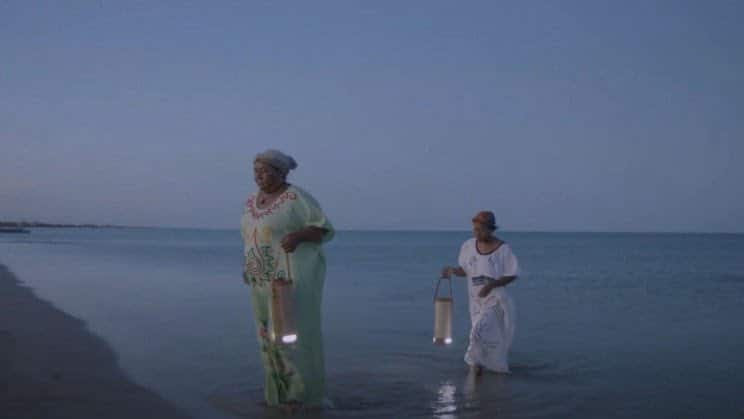The Colombian startup of renewable energy E-Dina developed a wireless lantern, called Waterlight, which converts salt water into electricity. The company declares it more reliable than solar-powered lamps, also because it has a peculiarity: in emergency situations it can also be charged with urine.
A mini generator

The portable lantern acts as a mini generator that produces light using ionization. If you fill the WaterLight with half a liter of seawater, the salt in the water reacts with the magnesium and copper plates inside the device, and produces electricity.
The device emits up to 45 days of light and can also be used to charge a mobile phone or other small electrical device via a USB port.

The “saltwater” lantern was born as part of a collaboration between E-Dina and the creative agency Wunderman Thompson to help rural populations in Colombia. In particular the indigenous Wayúu tribe. WaterLight will help fishermen to fish at night, allow artisans to have more hours of light and avoid fires, preventing children and students from lighting candles to study, and perhaps falling asleep with the flame lit.
A lantern with about 5.600 hours of light
Waterlight, as mentioned, has many advantages over a normal solar-powered lantern. For example, the chemical reaction produces energy instantly, and even in the absence of the sun. Again: it is the first device that prolongs the effects of ionization. It lasts a long time, really. Up to 5600 hours, in total two to three light years over its entire life cycle. Not to mention the bonus of being able to use it, er, even without having salt water available, doing it "by itself".
It is not the only "good purpose" lantern
The WaterLight project is one of many similar initiatives aimed at bringing light to global rural communities. In February this year, designer Henry Glogau developed another device lantern capable of providing light and simultaneously making sea water drinkable.

However, although WaterLight is not the first "smart" lantern, it has the advantage of being the first to generate instant light 24 hours a day.


